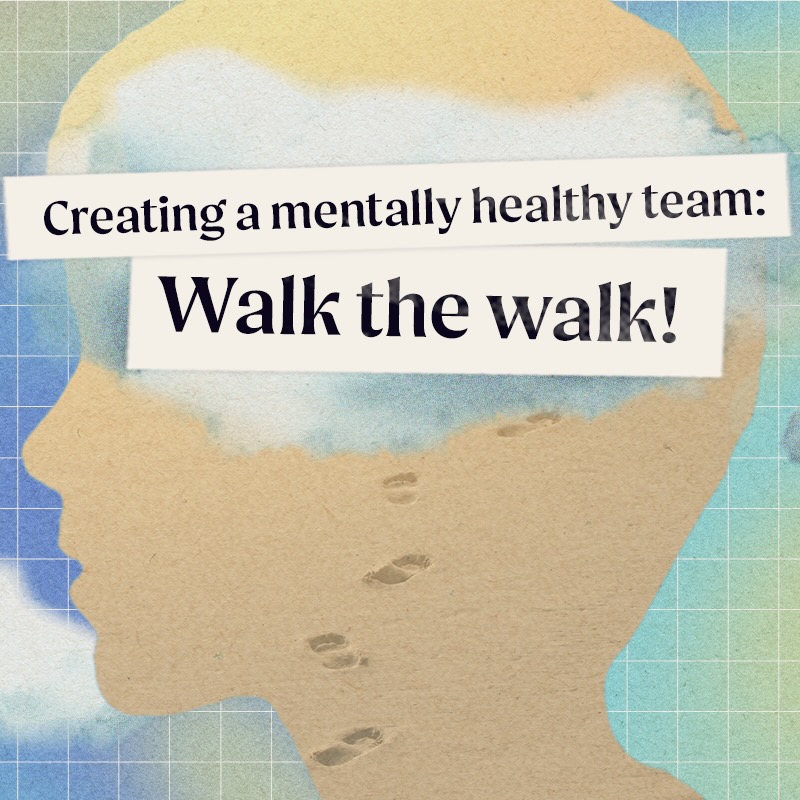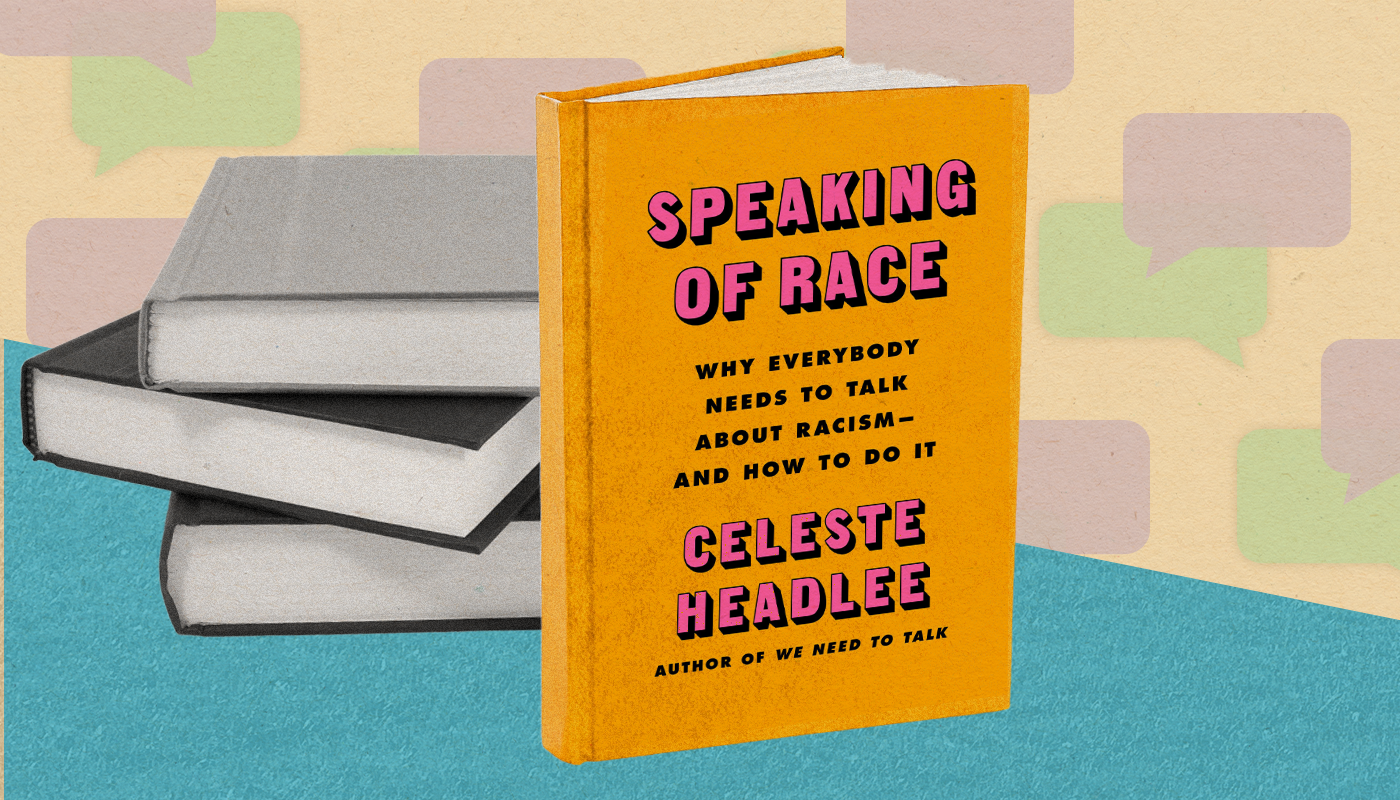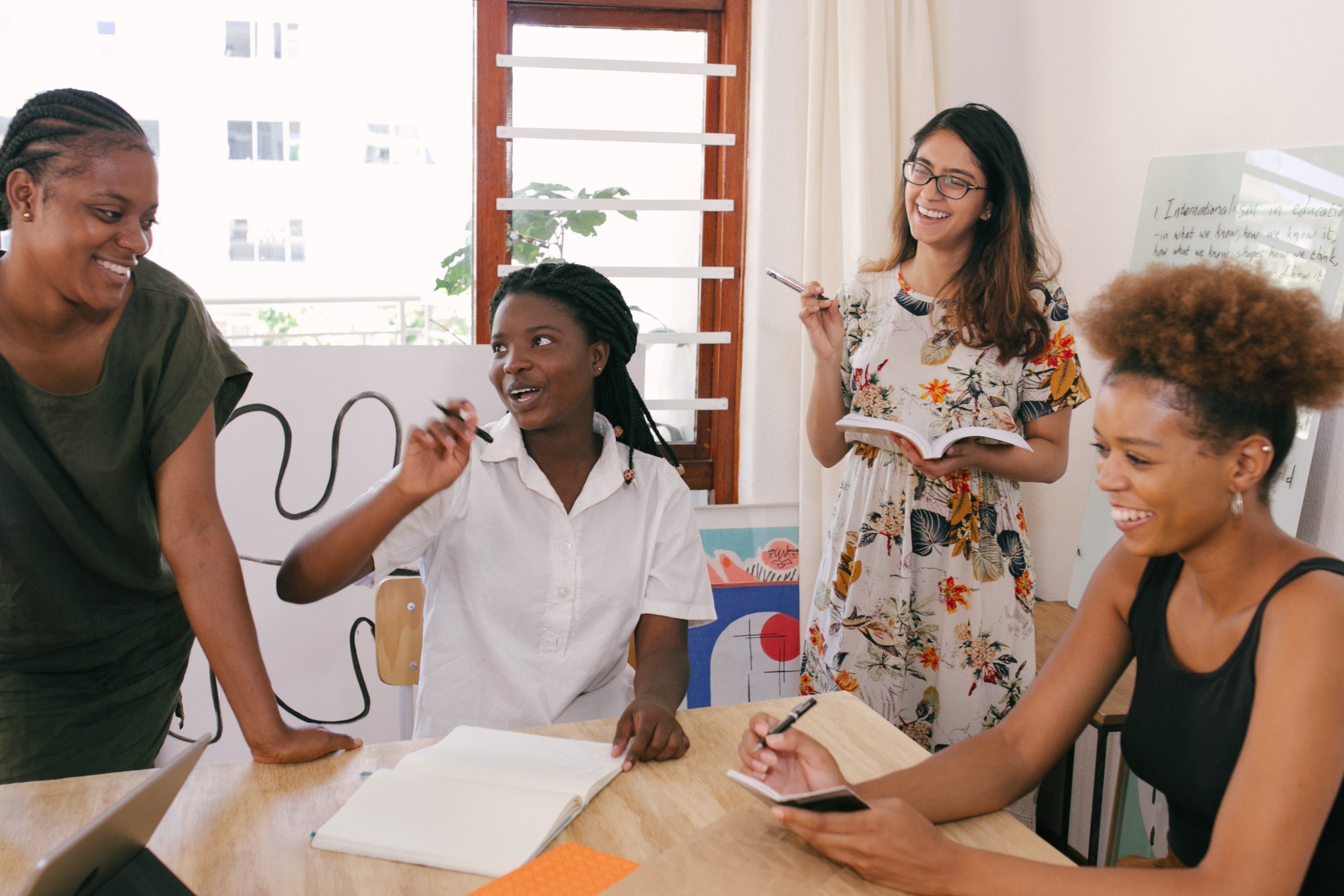Plan for mental health success at work
Three steps to create a mentally healthy team (Part 3).

This is the third and final segment of a three-part series with Morra Aarons-Mele on how to model, talk about, and plan for mental health in order to cultivate stronger and healthier teams. In this article, Morra highlights how proper planning can help create more supportive workplaces. Check out the two prior segments here and here.
Once you start talking about mental health at work, it’s important to understand what practices and policies would help your employees and create mental health success at work.
You can survey employees and ask what benefits would help. There are quick, tangible policies: Mindshare partners suggest including “mental health” in onboarding, handbook, and benefits guides, and ensuring that mental health is a valid reason for paid time off.
State-of-the-art programs to support employee wellness include yoga at work, mindfulness meditation, an employee assistance program (EAP) that offers counseling sessions to any interested employee, equitable leave of absence policies, and co-pays that minimize the out-of-pocket expenses associated with employee therapy payments. But there are equally powerful ways to plan for a mentally healthy office, and they concern time management and respect for peoples’ boundaries.
Want to increase mental health success at work?
Set clear norms — and boundaries.
When we have no control over our time and our boundaries are trampled, our mental health suffers. An office that is encroaching into all hours of our life, often literally into our bedrooms, hurts mental health. What would help your employees feel more in control of their time and personal boundaries? Clear and agreed-upon norms about when to use Slack or email? Time to keep working out midday, no questions asked? Fewer Zoom meetings? You may choose to tell your team that time away from work for therapy or other forms of self-care is absolutely okay, and that no one should feel they have to lie to get away from work to get the help they need.
You may choose to tell your team that time away from work for therapy or other forms of self-care is absolutely okay,
![]() and that no one should feel they have to lie to get away from work to get the help they need.
and that no one should feel they have to lie to get away from work to get the help they need.
Get together with your team and set new norms for your office. Now is the time to redefine expectations in your team and your culture! When is it ok to work remotely and when do you need to be in the office? How late is too late to send an email? What are your expectations around working hours? How freely can employees manage their own time as long as work gets done?
By doing this, you’re empowering your team and giving them back a sense of agency, which contributes to mental wellness success at work.
No sludging allowed!
Reinforce healthy norms with your language.
When you have agreed on new norms, talk about how language affects us and vow to be more conscious of language. So often we unconsciously engage in what I call “sludging.” When you’re five minutes late to a meeting because you slipped out to therapy, and your boss will say, “Oh, nice of you to join us.” Or, if you don’t respond to a late email until the morning, you might hear, “Oh, big night last night?” or, “Thanks for taking your time.” In a mentally healthy team, norms are respected and in fact, the person who sends an after-hours Slack can expect to be reprimanded.
If mental wellness is given as much “air time” as physical wellness — and crucially, if leaders themselves are active participants in the discussion — the stigma surrounding mental health diminishes. Leaders who are willing to be vocal advocates for mental health, or even share some of their own mental health struggles and healthy coping mechanisms, are able to create positive change across the organization, and quickly.![]()








